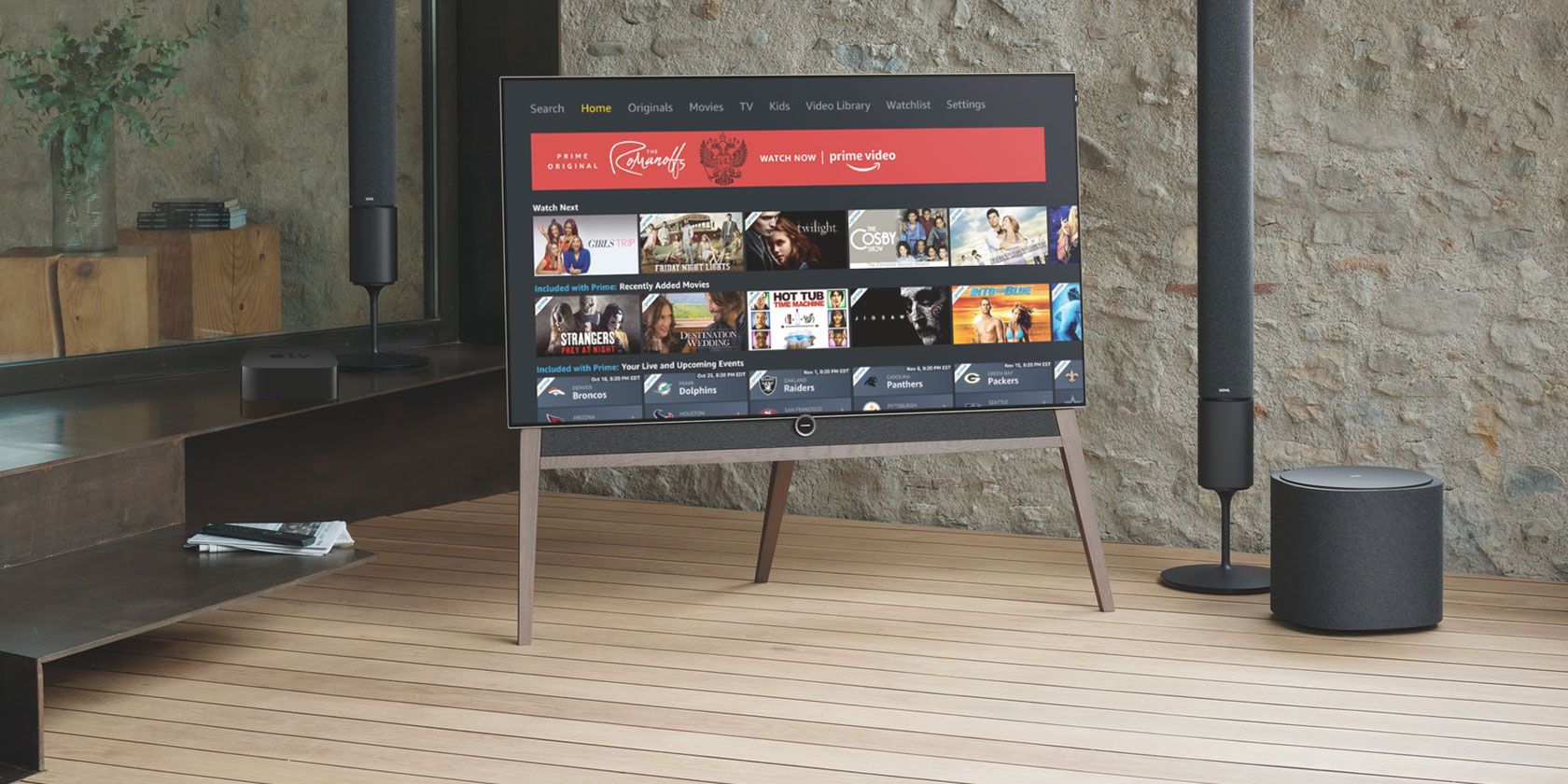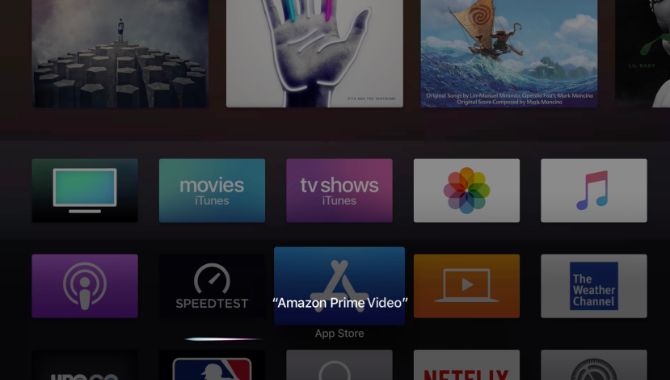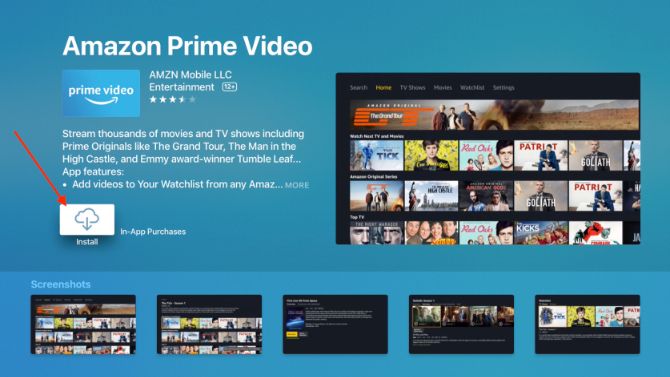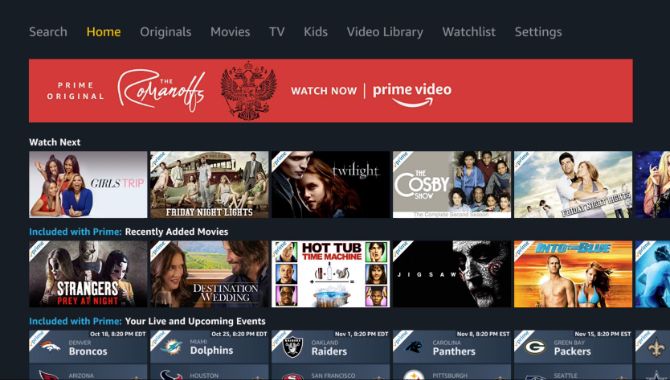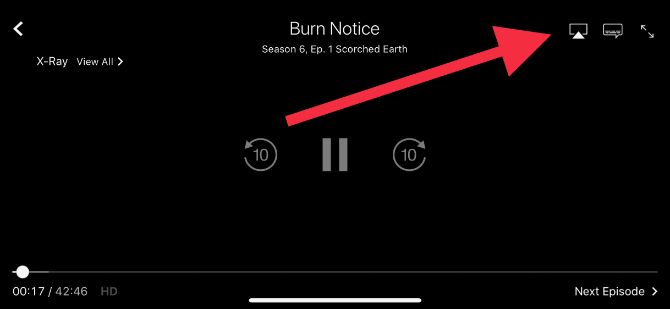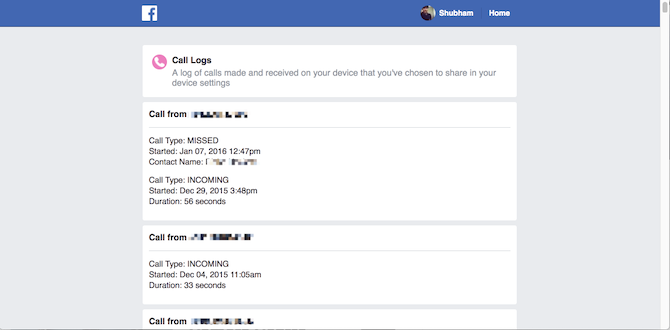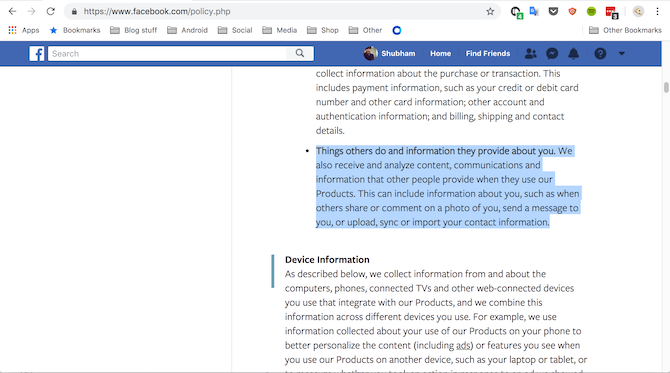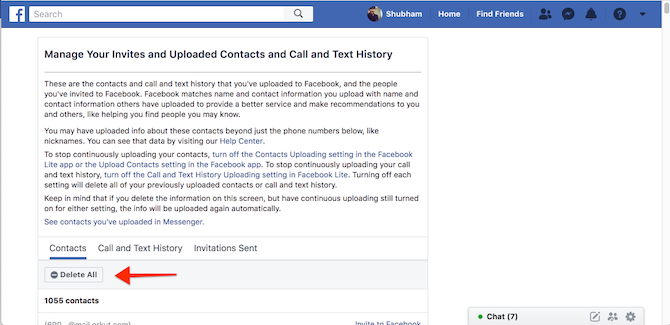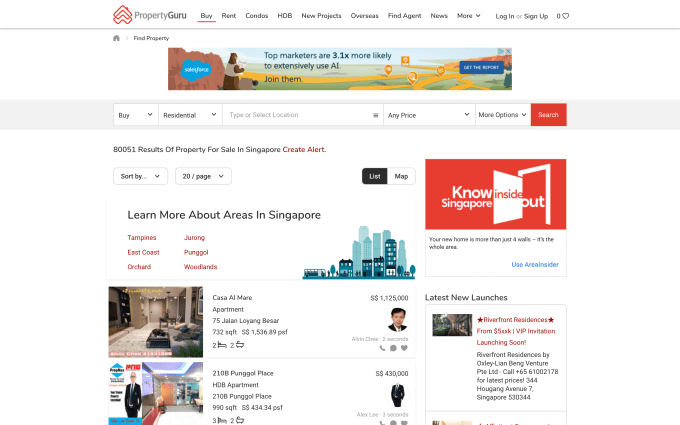Two separate parliamentary committees, in the UK and Canada, have issued an unprecedented international joint summons for Facebook’s CEO Mark Zuckerberg to appear before them.
The committees are investigating the impact of online disinformation on democratic processes and want Zuckerberg to answer questions related to the Cambridge Analytica-Facebook user data misuse scandal, which both have been probing this year.
More broadly, they are also seeking greater detail about Facebook’s digital policies and information governance practices — not least, in light of fresh data breaches — as they continue to investigate the democratic impacts and economic incentives related to the spread of online disinformation via social media platforms.
In a letter sent to the Facebook founder today, the chairs of the UK’s Digital, Culture, Media and Sport (DCMS) committee and the Canadian Standing Committee on Access to Information, Privacy and Ethics (SCAIPE), Damian Collins and Bob Zimmer respectively, write that they intend to hold a “special joint parliamentary hearing at the Westminster Parliament”, on November 27 — to form an “‘international grand committee’ on disinformation and fake news”.
“This will be led by ourselves but a number of other parliaments are likely to be represented,” they continue. “No such joint hearing has ever been held. Given your self-declared objective to “fix” Facebook, and to prevent the platform’s malign use in world affairs and democratic process, we would like to give you the chance to appear at this hearing.”
Both committees say they will be issuing their final reports into online disinformation by the end of December.
The DCMS committee has already put out a preliminary report this summer, following a number of hearings with company representatives and data experts, in which it called for urgent action from government to combat online disinformation and defend democracy — including suggesting it look at a levy on social media platforms to fund educational programs in digital literacy.
Although the UK government has so far declined to seize on the bulk of the committee’s recommendations — apparently preferring a ‘wait and gather evidence’ (and/or ‘kick a politically charged issue into the long grass’) approach.
Meanwhile, Canada’s interest in the democratic damage caused by so-called ‘fake news’ has been sharpened by AIQ, the data company linked to Cambridge Analytica, as one of its data handlers and system developers — and described by CA whistleblower Chris Wylie as essentially a division of his former employer — being located on its soil.
The SCAIPE committee has already held multiple, excoriating sessions interrogating executives from AIQ, which have been watched with close interest by at least some lawmakers across the Atlantic…
At the same time the DCMS committee has tried and failed repeatedly to get Facebook’s CEO before it during the course of its multi-month inquiry into online disinformation. Instead Facebook despatched a number of less senior staffers, culminating with its CTO — Mike Schroepfer — who spent around five hours being roasted by visibly irate committee members. And whose answers left it still unsatisfied.
Yet as political concern about election interference has stepped up steeply this year, Zuckerberg has attended sessions in the US Senate and House in April — to face (but not necessarily answer) policymakers’ questions.
He also appeared before a meeting of the EU parliament’s council of presidents — where he was heckled for dodging MEPs’ specific concerns.
But the UK parliament has been consistently snubbed. At the last, the DCMS committee resorted to saying it would issue Zuckerberg with a formal summons the next time he stepped on UK soil (and of course he hasn’t).
They’re now trying a different tack — in the form of a grand coalition of international lawmakers. From two — and possibly more — countries.
While the chairs of the UK and Canadian committees say they understand Zuckerberg cannot make himself available “to all parliaments” they argue Facebook’s users in other countries “need a line of accountability to your organisation — directly, via yourself”, adding: “We would have thought that this responsibility is something that you would want to take up. We both plan to issue final reports on this issue by the end of this December, 2018. The hearing of your evidence is now overdue, and urgent.”
“We call on you to take up this historic opportunity to tell parliamentarians from both sides of the Atlantic and beyond about the measures Facebook is taking to halt the spread of disinformation on your platform, and to protect user data,” they also write.
So far though, where non-domestic lawmakers are concerned, it’s only been elected representatives of the European Union’s 28 Member States who have proved to have enough collective political clout and pulling power to secure a little facetime with Zuckerberg.
So another Facebook snub seems the most likely response to the latest summons.
“We’ve received the committee’s letter and will respond to Mr Collins by his deadline,” a Facebook spokesperson told us when asked whether it would be despatching Zuckerberg this time.
The committee has given Facebook until November 7 to reply.
Perhaps the company will send its new global policy chief, Nick Clegg — who would at least be an all-too familiar face to Westminster lawmakers, having previously served as the UK’s deputy PM.
Even if Collins et al’s latest gambit still doesn’t net them Zuckerberg, the international coalition approach the two committees are now taking is interesting, given the challenges for many governments of regulating global platforms like Facebook whose user bases can scale bigger than some entire nations.
If the committees were to recruit lawmakers from additional countries to their joint hearing — Myanmar, for example, where Facebook’s platform has been accused of accelerating ethnic violence — such an invitation might be rather harder for Zuckerberg to ignore.
After all, Facebook does claim: “We are accountable.” And Zuckerberg is its CEO. (Though it does not state who exactly Facebook/Zuckerberg feels accountable to.)
While forming a joint international committee is a new tactic, UK and Canadian lawmakers and regulatory bodies have been working together for many months now — as part of their respective inquiries and investigations, and as they’ve sought to unpick complex data trails and understand transnational corporate structures.
One thing is increasingly clear when looking at the tangled web where politics and social media collide (with mass opinion manipulation the intended outcome): The interconnected, cross-border nature of the Internet, when meshed with well-funded digital political campaigning — and indeed buckets of personal data, is now placing huge strain on traditional legal structures at the nation-state level.
National election laws reliant on regulating things like campaign spending and joint working, as the UK’s laws are supposed to, simply won’t work unless you can actually follow the money and genuinely map the relationships.
And where use of personal data for online political ad-targeting is concerned, ethics must be front and center — as the UK’s data watchdog has warned.
 Read Full Article
Read Full Article



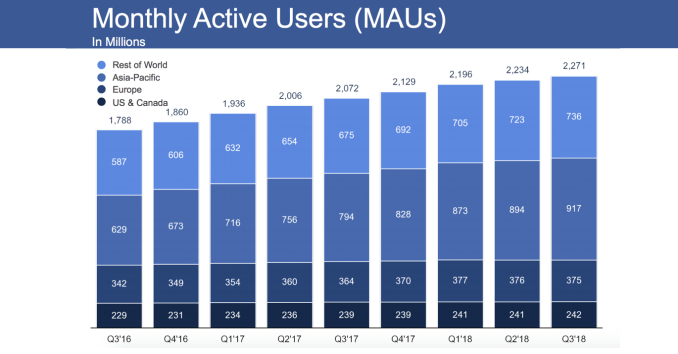
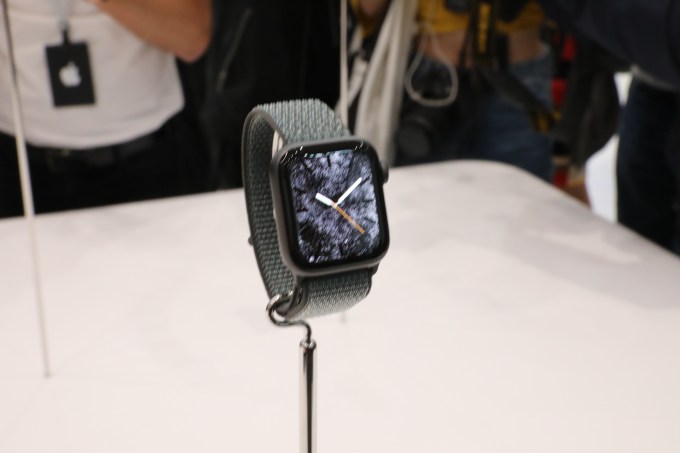
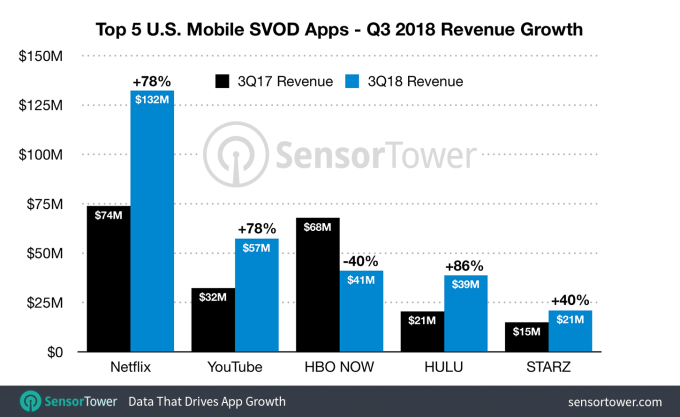
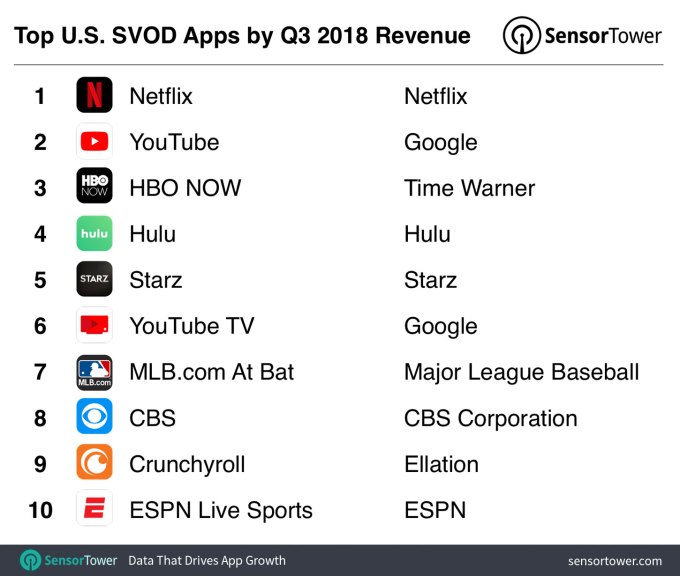
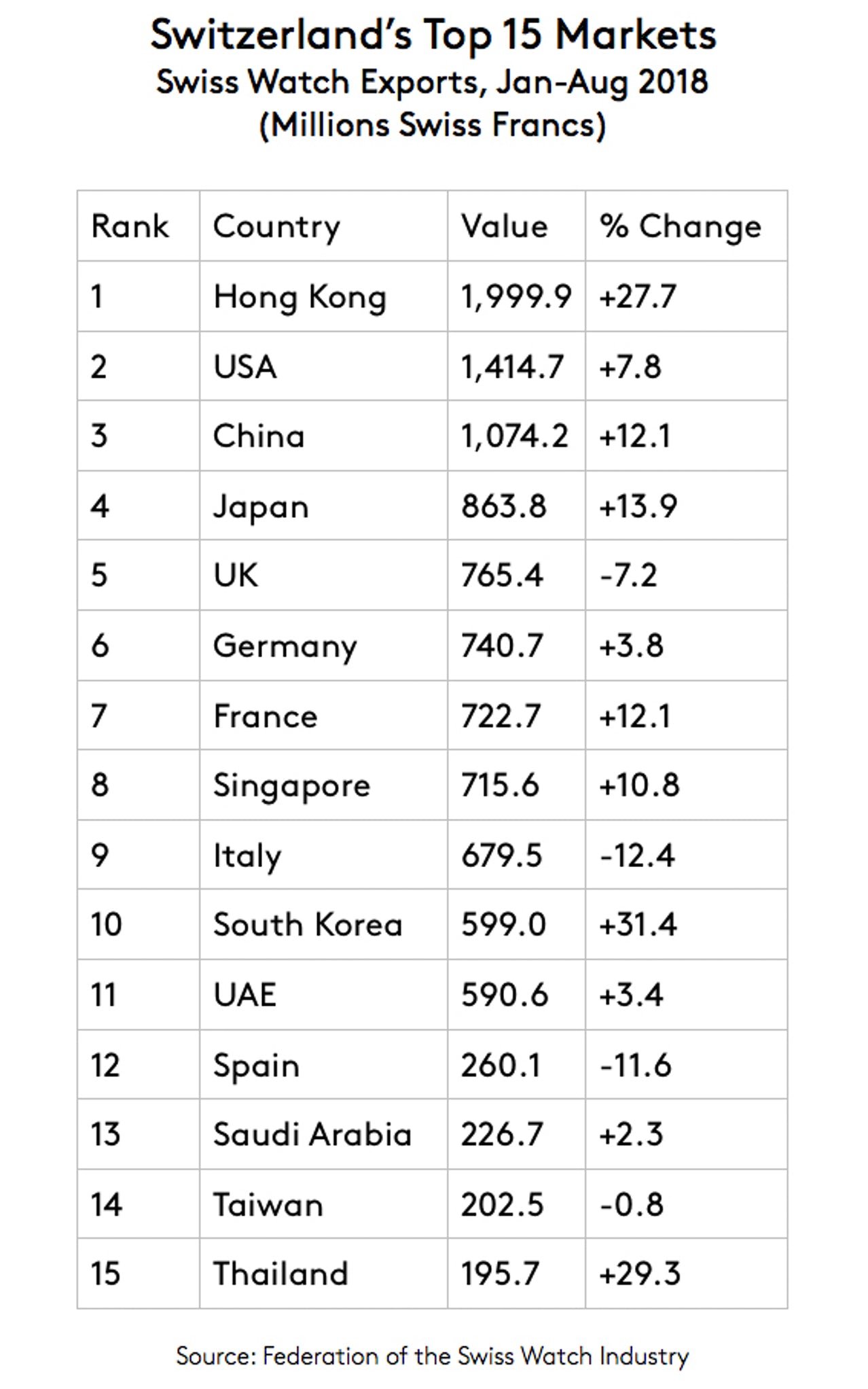 As you might have noticed the Swiss watch industry is still standing. The major Swiss houses – LVMH, Richemont, and Swatch Group – are seeing a major uptick in sales, especially in the US. According to the
As you might have noticed the Swiss watch industry is still standing. The major Swiss houses – LVMH, Richemont, and Swatch Group – are seeing a major uptick in sales, especially in the US. According to the 

